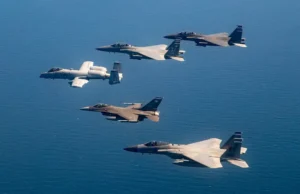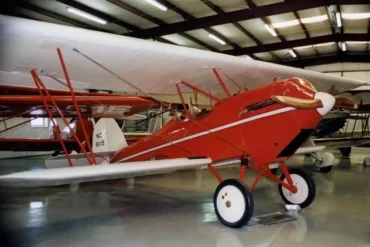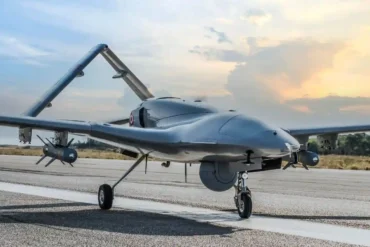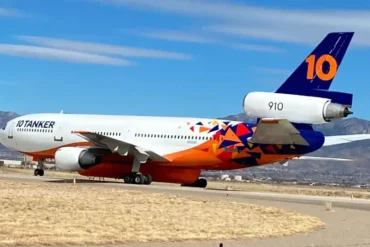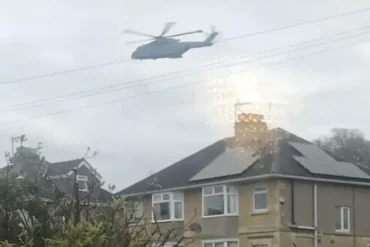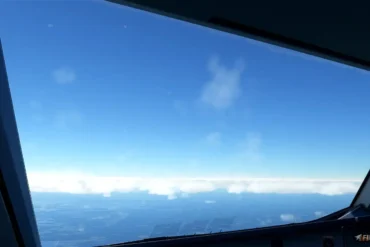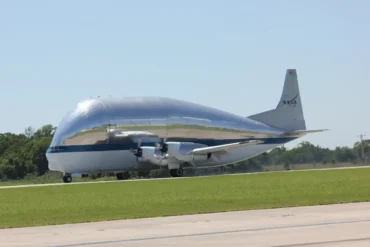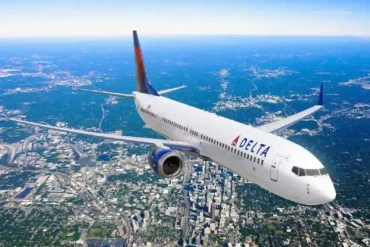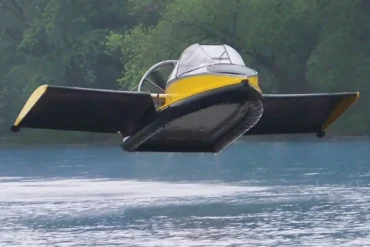Hey there! Let’s talk about formation flying. It’s pretty cool – imagine a bunch of planes flying super close together, like they’re one big unit. At air shows, you might see them just three feet apart! It’s all about teamwork and precision.
This whole formation flying thing started way back in World War I. Fighter planes would protect the recon planes when they flew over enemy territory. They figured out that flying in pairs made them safer and more successful. By 1918, it was normal for two planes to fly together in combat. Some famous pilots like Oswald Boelcke and the “Red Baron” came up with strict rules for flying in formation.
Between the world wars and during World War II, pilots tried out different ways of flying together. When the weather was bad or they were near airports, they’d fly closer together. But when they were looking for enemies or doing risky moves, they’d spread out more. These days, with modern fighter jets, they might be hundreds of meters apart!
The lead pilot is usually the most experienced one. They’re in charge of navigation, talking on the radio, and making decisions. The other pilots, called wingmen, follow the leader’s instructions and try to keep a steady position. It’s super important that they don’t move around too much – that’s what makes formation flying so tricky.
For a single wingman, the main job is to stay at the right distance from the leader. They do this by lining up two points on the leader’s plane and keeping them in the same spot from their view. If those points move, it means they’re not in the right position anymore. In bigger formations, pilots either stay behind or beside the leader, or they use the plane in front of them to line up with the leader.
Flying so close to other planes can be dangerous, so everyone has to be really disciplined and follow the rules. Before they take off, they have a meeting to make sure everyone knows what to expect. The leader uses hand signals, nods, or special moves to tell the others what to do, so they don’t have to talk on the radio too much.
The basic unit in formation flying is called a section – that’s a leader and a wingman. When two sections fly together, it’s called a division. There are lots of different formations with cool names like echelon, wall, vic, and diamond. Each one has a specific way the planes are arranged around the leader.
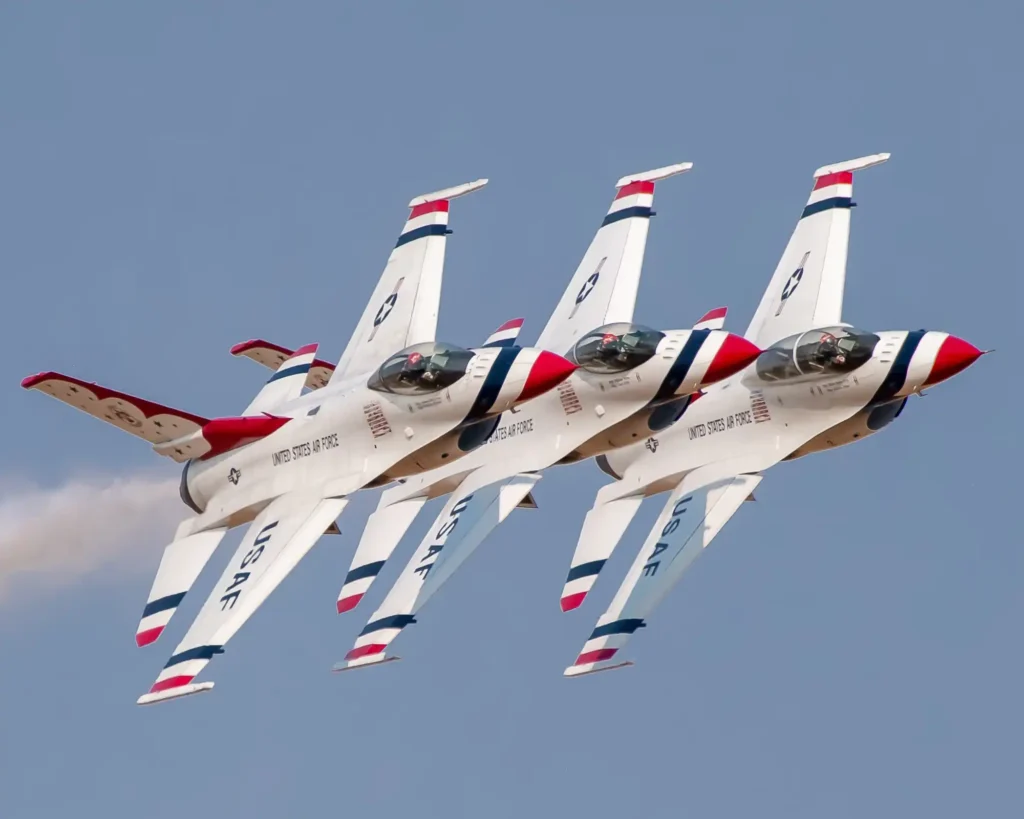
Military pilots learn formation flying early in their training. They usually fly in groups of two or more for safety and to get things done faster. When they’re coming in to land, they often stay in close formation so they can all touch down quickly one after the other.
Some pilots take formation flying to the extreme, like the Blue Angels or the Thunderbirds. These guys do amazing aerobatic stunts in formation. It takes a ton of practice, focus, and following the rules exactly. Flying so fast and making sharp turns is really hard on your body and mind, so keeping in formation while doing all that is super impressive!
